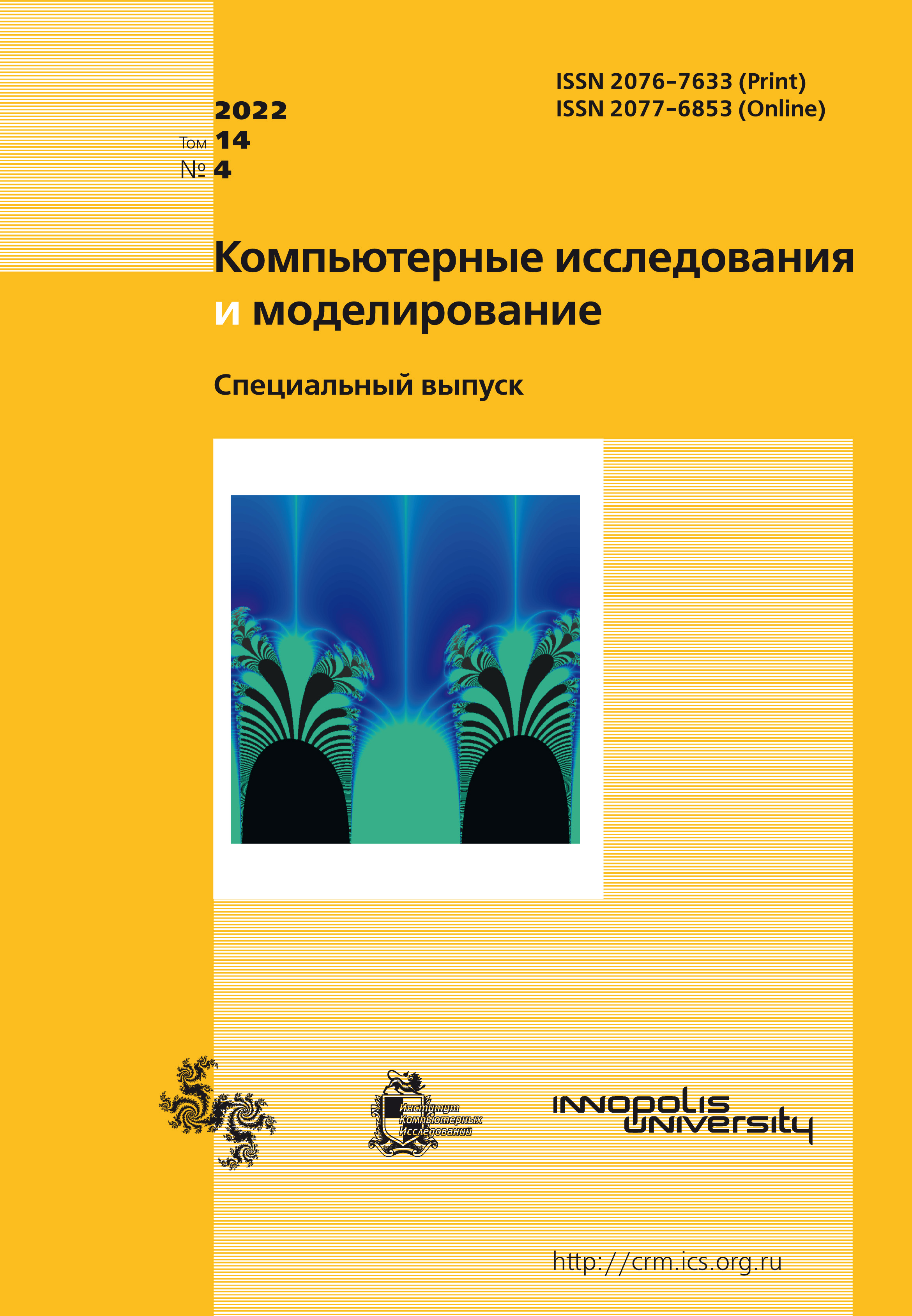All issues
- 2024 Vol. 16
- Issue 1 (special issue)
- 2023 Vol. 15
- 2022 Vol. 14
- 2021 Vol. 13
- 2020 Vol. 12
- 2019 Vol. 11
- 2018 Vol. 10
- 2017 Vol. 9
- 2016 Vol. 8
- 2015 Vol. 7
- 2014 Vol. 6
- 2013 Vol. 5
- 2012 Vol. 4
- 2011 Vol. 3
- 2010 Vol. 2
- 2009 Vol. 1
Rank analysis of the criminal codes of the Russian Federation, the Federal Republic of Germany and the People’s Republic of China
 pdf (242K)
pdf (242K)
When making decisions in various fields of human activity, it is often required to create text documents. Traditionally, the study of texts is engaged in linguistics, which in a broad sense can be understood as a part of semiotics — the science of signs and sign systems, while semiotic objects are of different types. The method of rank distributions is widely used for the quantitative study of sign systems. Rank distribution is a set of item names sorted in descending order by frequency of occurrence. For frequency-rank distributions, researchers often use the term «power-law distributions».
In this paper, the rank distribution method is used to analyze the Criminal Code of various countries. The general idea of the approach to solving this problem is to consider the code as a text document, in which the sign is the measure of punishment for certain crimes. The document is presented as a list of occurrences of a specific word (character) and its derivatives (word forms). The combination of all these signs characters forms a punishment dictionary, for which the occurrence frequency of each punishment in the code text is calculated. This allows us to transform the constructed dictionary into a frequency dictionary of punishments and conduct its further research using the V. P. Maslov approach, proposed to analyze the linguistics problems. This approach introduces the concept of the virtual frequency of crime occurrence, which is an assessment measure of the real harm to society and the consequences of the crime committed in various spheres of human life. On this path, the paper proposes a parametrization of the rank distribution to analyze the punishment dictionary of the Special Part of the Criminal Code of the Russian Federation concerning punishments for economic crimes. Various versions of the code are considered, and the constructed model was shown to reflect objectively undertaken over time by legislators its changes for the better. For the Criminal Codes in force in the Federal Republic of Germany and the People’s Republic of China, the texts including similar offenses and analogous to the Russian special section of the Special Part were studied. The rank distributions obtained in the article for the corresponding frequency dictionaries of codes coincide with those obtained by V. P. Maslov’s law, which essentially clarifies Zipf’s law. This allows us to conclude both the good text organization and the adequacy of the selected punishments for crimes.
Indexed in Scopus
Full-text version of the journal is also available on the web site of the scientific electronic library eLIBRARY.RU
The journal is included in the Russian Science Citation Index
The journal is included in the RSCI
International Interdisciplinary Conference "Mathematics. Computing. Education"






